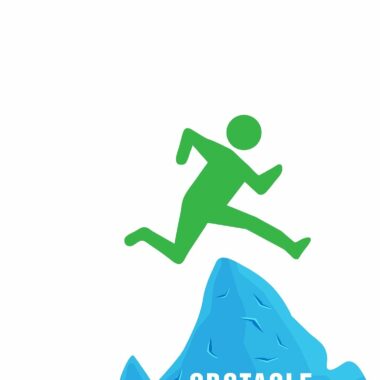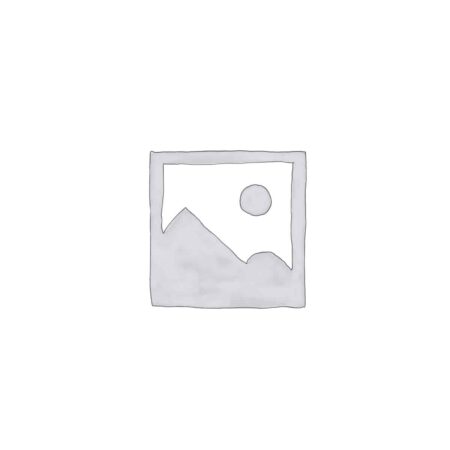Programming an FPGA chip typically involves designing a digital circuit using a hardware description language (HDL) and then using specialized software tools to compile the design and load it onto the FPGA. Here is an example of how to program an FPGA chip using the VHDL language and the Xilinx Vivado software:
Create a new project in Vivado and select the FPGA device that you are using.
Create a new VHDL source file by selecting “File > New > VHDL File” from the menu.
Write the VHDL code for your digital circuit. For example, if you want to create a simple AND gate, you could write the following code:
library IEEE;
use IEEE.STD_LOGIC_1164.ALL;entity AND_gate is
Port ( a : in STD_LOGIC;
b : in STD_LOGIC;
c : out STD_LOGIC);
end AND_gate;architecture Behavioral of AND_gate is
begin
c <= a and b;
end Behavioral;
Synthesize and implement the VHDL design by clicking on “Tools > Run Synthesis” and “Tools > Run Implementation”
Create a bitstream by clicking on “File > Export > Export Hardware” and then “File > Export > Bitstream”
Program the FPGA by connecting the FPGA board to the computer and selecting “Device >Program Device” in Vivado.
Verify the functionality of the circuit by connecting inputs and observing the outputs on an oscilloscope or logic analyzer.
This is a very basic example and for more complex designs, it might require several more steps and more knowledge on the language and the tool used. Additionally, programming an FPGA chip can be a complex process and requires specialized knowledge and experience in digital design and FPGA programming.
Programming an FPGA (Field-Programmable Gate Array) chip involves creating a hardware description language (HDL) design that describes the logic and functionality of the desired circuit. There are two main types of HDLs: VHDL (VHSIC Hardware Description Language) and Verilog.
Once the HDL design is complete, it is then synthesized using a tool called a synthesis tool, which converts the high-level description into a low-level gate-level netlist, which describes the physical implementation of the design on the FPGA chip.
After that, the netlist is then passed through a Place-and-Route (P&R) tool, which arranges the logic gates on the FPGA chip and creates a bitstream file, which contains the configuration data that will be loaded onto the FPGA.
Finally, the bitstream is loaded onto the FPGA through a process called configuration, which configures the FPGA’s logic gates according to the design described in the bitstream.
FPGA development can be a complex process and requires a good understanding of digital logic and the specific FPGA architecture being used. Many FPGA vendors provide development tools and libraries to help with the process, and there are also third-party tools available.
FPGA reprogramming is possible, this allows you to change the bitstream to mine different algorithms or perform different tasks.












